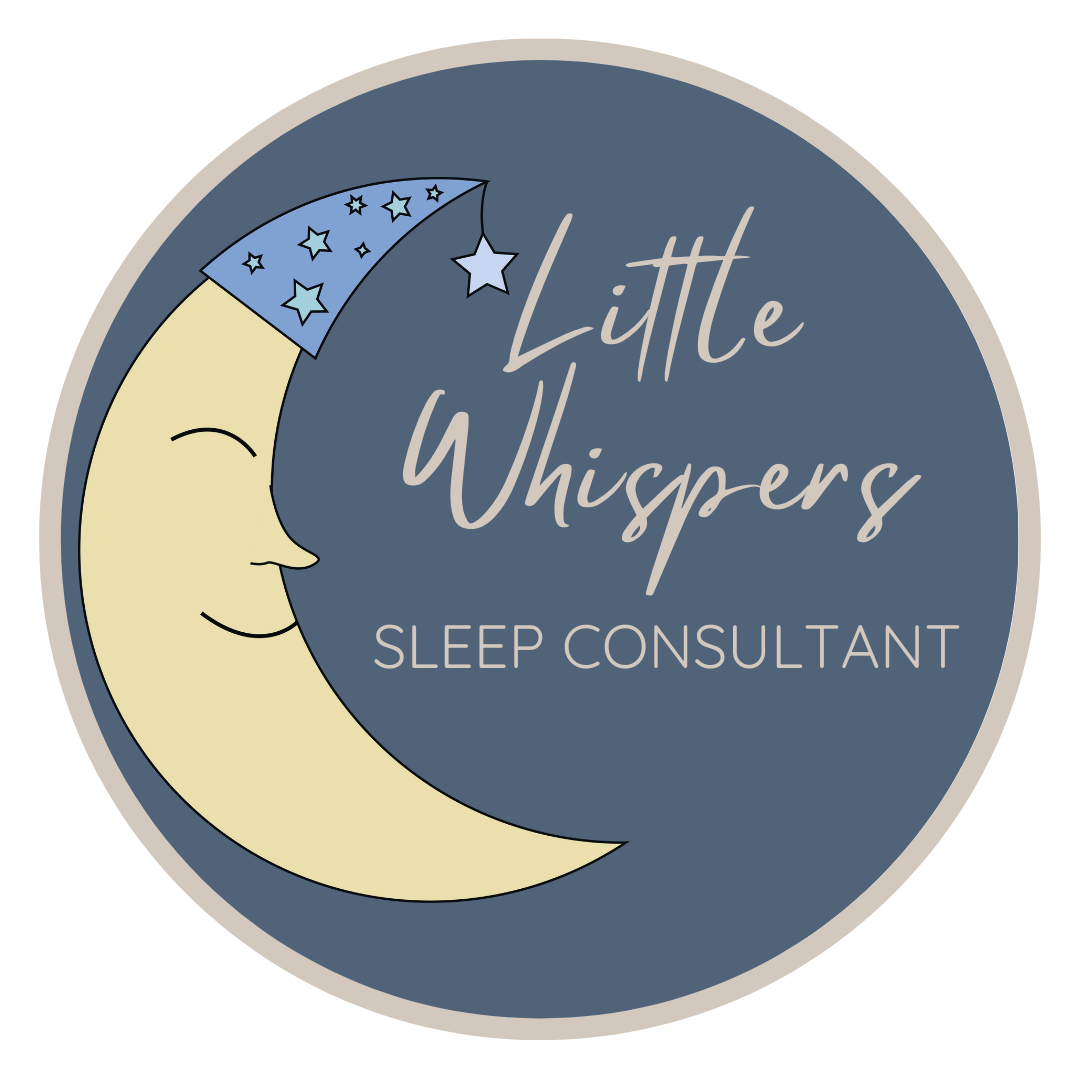How to Get Your Baby to Self Soothe?

How do I teach my baby to self-soothe?
If you’ve found yourself bouncing, rocking, feeding, or cuddling your baby for what feels like hours, only for their eyes to ping open the moment you try to put them down you’re not alone. Teaching a baby to self-soothe is one of the most common challenges I support families with.
The good news is… It absolutely is possible to encourage self-settling without using any harsh methods or leaving your baby to cry-it-out!
What does “self-soothing” mean?
Self-soothing is when a baby learns to settle themselves to sleep, this could be for naps, at bedtime or after waking during the night, without needing help every time from their parent or carer.
For some babies, that might look like sucking their fingers, replacing their dummy, having a stretch and wriggle, some will even have a little moan until they drift off. For others, it’s about having a predictable routine and the confidence that you’re nearby and responsive.
Self-soothing doesn’t mean leaving your baby to cry or expecting them to magically sleep through the night. It’s about supporting them to fall asleep with a little less assistance and support from you over time.
When can babies start to self-soothe?
All babies are different, but most begin developing the ability to self-settle sometime around 4 – 6 months old. Before this age, their sleep is largely driven by instinct and reflex and they’ll rely heavily on you helping to soothe them.
Even after 6 months, some babies still need more support than others, and that’s completely okay. Sleep is a developmental process and there’s no one “right” timeline.
5 ways you can gently encourage self-soothing
Here are some gentle, responsive strategies to help your baby learn to settle more independently:
- Create a predictable bedtime routine
A calm and consistent wind-down routine will help your baby recognise what’s coming next and prepares their body and brain for wind-down time This could include:
- Bath
- Massage
- Bedtime feed
- Lullaby and story
- Final cuddle
- Give your baby the opportunity to settle before stepping in.
If your baby stirs or fusses a little when you put them down, pause for a moment before intervening. Sometimes, they’re just adjusting to being put down and may surprise you by settling themselves!
- Reduce sleep associations gradually
If your baby always falls asleep while feeding, rocking or cuddling consider slowly changing this pattern. For example:
- Feed with the lights on, then do a short story before bed
- Rock until drowsy but awake, then lay down gently
- Offer a comfort item (for babies over 12 months)
- Small, gradual changes feel less overwhelming for you and your baby
- Focus on the sleep environment
A dark, calm room can make it easier for your baby to settle without stimulation. You could try: Using blackout blinds, white noise to block background sounds and always use a firm, flat mattress in a safe sleep space. Consistency in their sleeping environment will help your baby to feel safe and secure at sleep time.
- Stay close and reassuring
You don’t have to leave your baby to cry to help them sleep better. Responsive settling – where you stay nearby, offer a gentle “shh”, pat or stroking can help them to feel secure as they practise falling asleep on their own.
Common mistakes to avoid
Teaching your baby to self soothe takes time. Don’t forget, your baby doesn’t know how to sleep without their usual sleep association! Here are a few things that can make the process harder:
- Skipping naps: An overtired baby usually finds it harder to wind-sown and settle
- Changing routines too quickly: Stick to new habits for at least a few days before expecting results
- Expecting it to “work” instantly: Sleep learning is gradual and may come with a few ups and downs
When to seek further help!
- Learning to self-settle is a big milestone, and it’s okay if it doesn’t happen overnight. With gentle encouragement, the right strategies, and support that works for your family, better sleep is possible.
- If you’ve been trying to help your baby sleep more independently but things aren’t improving, it might be time to seek some extra support. Every baby is different and sometimes a personalised sleep plan can make all the difference.
- Whether your baby is waking hourly, struggling to fall asleep without a feed, or you’re just not sure what’s realistic for their age, I’m here to help.
🌙 Download my free sleep guide for more tips — or get in touch if you’d like help with a personalised sleep plan.
